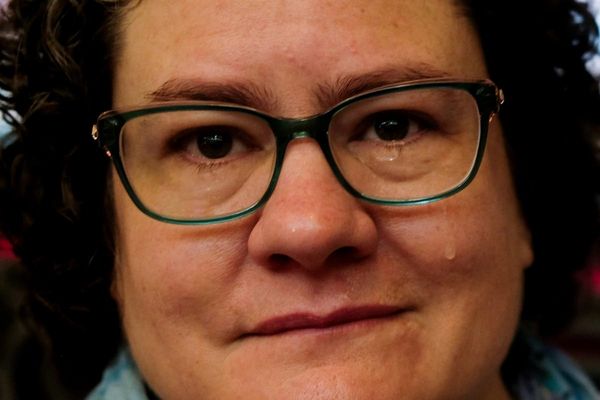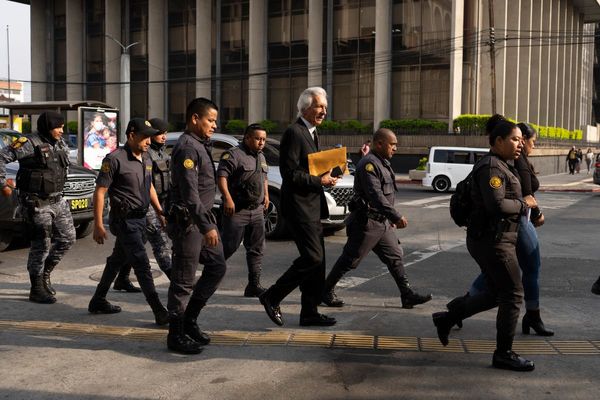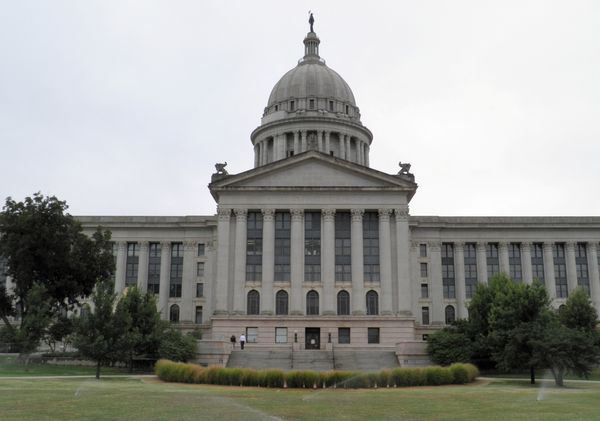
Australia’s boom in rooftop solar and large-scale renewables is fading as investors lose confidence, with the lack of coordination by the Morrison government partly to blame, according to the Clean Energy Council.
The warning comes as the industry marked its latest record year for household solar, wind and solar farms, and big batteries. Renewable energy’s share of the electricity supply reached 32.5%, doubling since 2017, the council said in its annual report.
In 2021, clean energy capacity grew by 6.3 gigawatts, or about four times that of AGL’s Liddell coal-fired power plant. The Liddell power station will shut the first of its four units on Friday ahead of a complete closure slated for April 2023.
Renewables now generate 1.6 times the electricity used by Australian households, the council said. Last year alone, another 400,000 homes bought solar panels, adding 3.3GW, the fifth year in a row of record new capacity.
Storage also had a “breakthrough year”, with 30 large-scale batteries packing a combined capacity and storage duration of 921 megawatts or 1,169 megawatt-hours under construction at the end of last year.
The report also took aim at the Morrison government. It said Australia’s “troubled climate politics made some progress in 2021”, with the country committing to net zero carbon emissions by 2050, but the government had so far failed “to back the target with any meaningful policies [showing] that its leadership remains amiss”.
The council’s chief executive, Kane Thornton, said this week’s budget had added to the disappointment, with “its lack of vision, its lack of tangible policies and commitments to support the transition” to a low-carbon economy.
Thornton said that transition required national leadership and coordination, particularly for new transmission, to ensure funding and regulatory arrangements were aligned.
As a result of the lack of leadership, 2021 could mark the high point for utility-scale projects for some time, he said.
The level of financial commitment for new projects fell more than 17% from $4.5bn in 2020 to $3.7bn last year, meaning fewer ventures will proceed to completion this year and next.
Thornton said the states were “doing as much as in most cases as they can, but it’s not well coordinated”. “That probably shows up most significantly in transmission where often you’re talking about projects across state boundaries.”
A spokesperson for the energy minister, Angus Taylor, said the council had been forecasting a collapse in renewable energy investment for years.
“Australians continue to prove the Clean Energy Council wrong,” the spokesperson said. “The fact is, there’s been more than $40bn of investment in renewables in Australia since 2017.”
While the council doesn’t endorse one side of politics or the other, Labor’s “Rewiring the Nation” policy, including $20bn invested to upgrade transmission, was “exactly the sort of policy” necessary to manage the grid’s transition, Thornton said.
Labor’s climate spokesperson, Chris Bowen, did not respond to a request for comment.
The Greens leader, Adam Bandt, blamed both major parties for the investment slowdown.
“By so strongly backing more coal and gas, Liberal and Labor have blocked the pipeline for solar and wind,” Bandt said. “Renewables can win on price, but not if [both parties] keep using public money to prop up coal and gas.”
Of the 9,331MW of large-scale projects either under construction or financially committed to, about half were in NSW alone, drawing more than $9bn and generating almost 21,000 jobs. The Coalition-led state has opened up five renewable energy zones to spur investment.
Victoria and Queensland each attracted about $3.55bn in projects either under construction, or that companies have committed to.
Thornton said the pace of rooftop solar was also showing signs of slowing in 2022.
Higher energy prices triggered in part by the Russian invasion of Ukraine may provide a “positive signal” for consumers and for companies to ditch fossil fuels.
“Here in Australia, there’s no doubt that those higher electricity and petrol prices present an incentive for businesses and households to shift to renewables and to shift to electric vehicles,” Thornton said.







